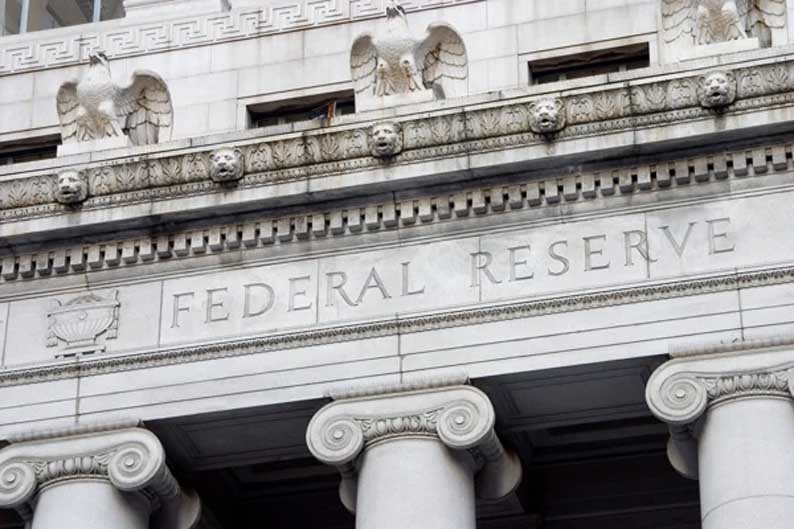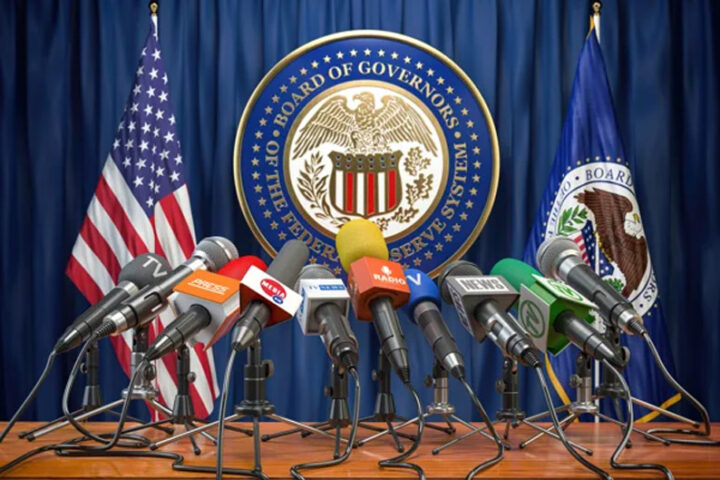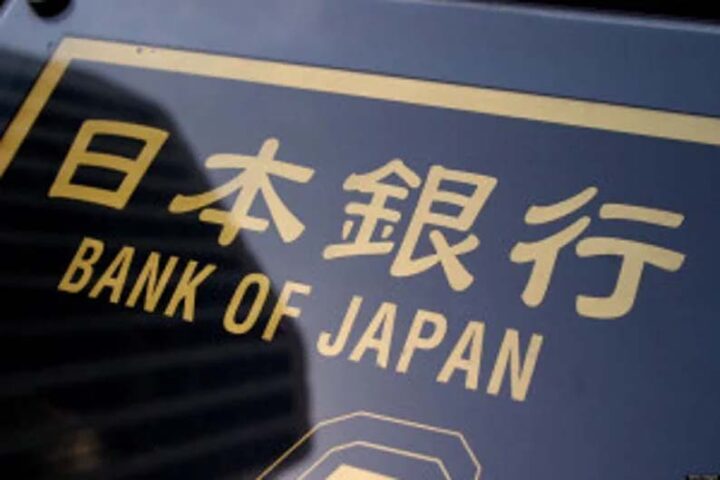US Consumer Price Index (CPI) data published Thursday supports the case that the Federal Reserve will likely implement one more interest rate hike, according to the CEO of a leading financial advisory and fintech.
September CPI inflation rose 3.7%, above expectations of 3.6%, with the US CPI is now up for four consecutive months. Core CPI inflation fell to 4.1%, in line with expectations.
“Taking into account the latest US CPI data, and the minutes from the most recent Federal Reserve meeting, which were published on Monday, we expect there to be one last 25 basis point hike at its two-day meeting beginning October 31,” said Nigel Green of deVere Group.
“The Fed will be conscious of growing uncertainty of the trajectory of the world’s largest economy and the risks of overtightening – especially in times of growing geopolitical uncertainty; while at the same time, it will want to avoid complacency in the continuing battle against inflation.”
The deVere CEO added that interest rates will still continue to remain higher for longer.
Since March 2022, the Fed’s FOMC raised its key interest rate 11 times, taking it to a targeted range of 5.25%-5.5%, the highest level in 22 years.
“We don’t think we’re at the end of the hiking cycle just yet, even though we’re close, and rates will continue to be high, potentially impacting your investment portfolio,” Green said.
Based on the assertion that rate hikes are likely to be nearing an end, and high-interest rates are expected to continue, investors may want to consider rebalancing their portfolios.
Banks to earn higher yields
“Financial institutions, such as banks and insurance companies, tend to benefit from higher interest rates as they can charge more for loans and earn higher yields. A portfolio allocation to financial services stocks or exchange-traded funds (ETFs) may be considered,” said Green.
“The energy sector also benefits from a robust economy and high interest rates. It’s typically positively correlated with economic growth and tends to perform well in such environments.”
He explained that certain segments of the consumer discretionary sector, such as automotive, housing, and luxury goods, can perform well when interest rates are high. Consumer spending can remain strong, particularly if the economy is healthy, and these industries can benefit.
“Industrial companies often benefit from increased infrastructure spending and a robust economy. With expectations of continued high interest rates, these companies are likely to see growth opportunities in construction, manufacturing, and transportation.”
Green added that, “while technology stocks can be sensitive to interest rate changes, some tech companies continue to thrive in a high-interest rate environment, especially those with strong fundamentals and growth potential.”
“Meanwhile, the healthcare sector is typically less sensitive to interest rate changes, making it a relatively stable option for a portfolio, as will essential goods, such as food, beverages, and household products.”








